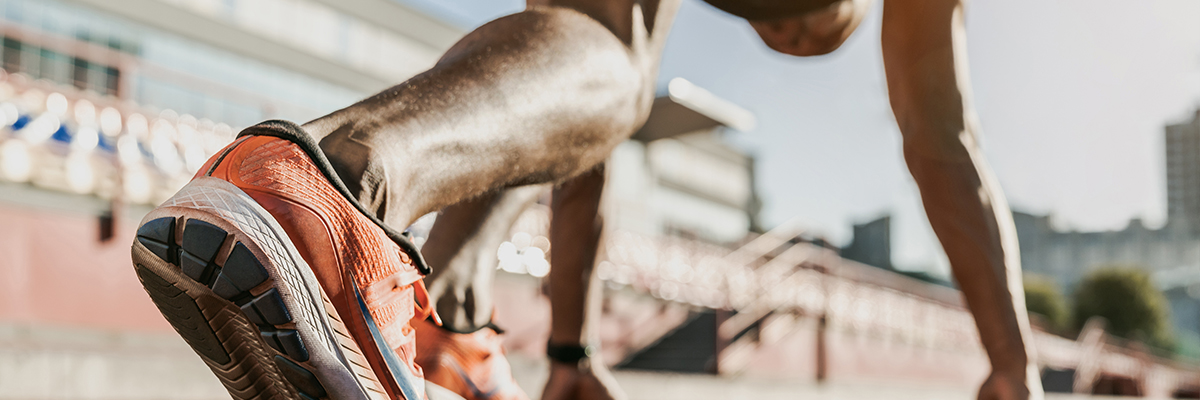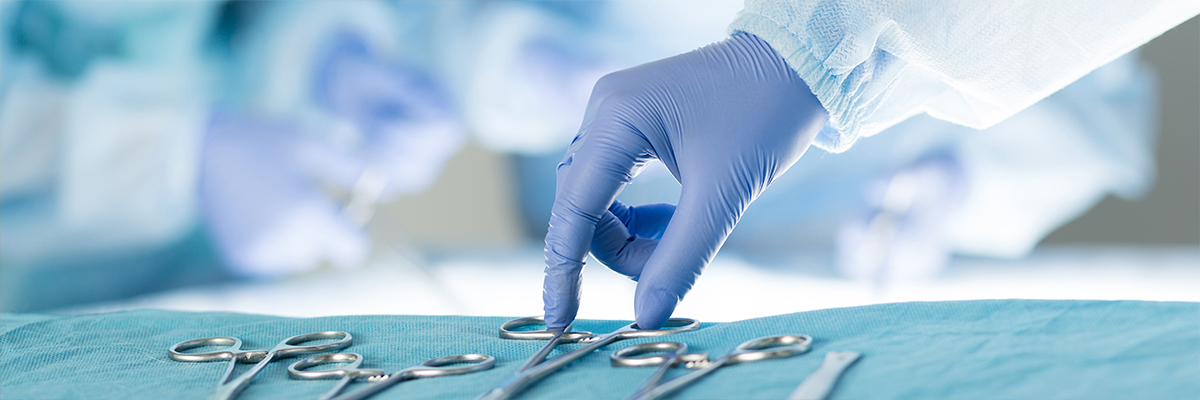CATEGORY tendons
Which tendon graft to choose for anatomical ligament reconstruction in chronic lateral ankle instability? A biomechanical study
This study evaluated the mechanical properties of various tendon grafts used for anterior talofibular ligament (ATFL) and calcaneofibular ligament (CFL) reconstruction.
Read moreBiomechanical Analysis of Ankle Stability Following Deltoid Ligament Repair and Reconstruction
This cadaveric biomechanical study compared ankle stability following deltoid ligament repair or reconstruction of the deltoid ligament.
Read moreEvaluating Donor-Recipient Sex Mismatch in Anterior Cruciate Ligament Reconstruction With Allograft: Outcomes at 2 Years Postoperatively
This study evaluated whether donor–recipient sex mismatch impacts outcomes following ACL reconstruction using allograft tissue.
Read moreEarly Surgical Intervention Results in Better Patient-Reported Outcomes Anterior Cruciate Ligament Reconstruction
This retrospective study examined short- and mid-term outcomes based on timing and graft type in ACL reconstruction for patients with combined ACL and MCL injuries.
Read morePatients Have Similar Clinical Outcomes and Failure Rates After Anterior Cruciate Ligament Reconstruction With Tibialis Anterior Tendon, Bone-Patellar Tendon-Bone, Hamstring Tendon, or Achilles Tendon
This review evaluated postoperative outcomes in patients undergoing ACL reconstruction using anterior tibialis, bone-patellar tendon-bone (BTB), Achilles, and hamstring allografts.
Read moreRevision Anterior Cruciate Ligament Reconstruction in Pediatric and Adolescent Patients Yields Low Rates of Graft Failure and Good Functional Scores, but Low Rates of Return to Sport
This study evaluated graft failure rates and functional outcomes of revision ACL reconstruction (ACLR) in pediatric and adolescent populations.
Read moreRevision Rates After Primary Allograft ACL Reconstruction by Allograft Tissue Type in Older Patients
This study compares the revision rate of different allograft tissue types after primary ACL reconstruction in an older population at a single academic institution.
Read moreOutcomes After Anatomic Lateral Ankle Ligament Reconstruction Using Allograft Tendon for Chronic Ankle Instability
Anatomic lateral ankle ligament reconstruction procedure (using allografts) results in significant improvements in patient function and outcome scores, with low rates of recurrent instability.
Read morePrevalence of Associated Lesions in Anterior Cruciate Ligament Reconstruction
To determine if there is a correlation between time to ACL reconstruction and the prevalence of meniscal tears or cartilage injuries present at surgery. Also, to identify the optimum timing of ACL surgery to decrease the risk of developing any additional injuries.
Read moreRisk Factors for Revision Following Primary Allograft ACLR
After adjusting for patient age, gender, and body mass index, they found that the BioCleanse® technique—which sterilizes tissue through oscillating positive and negative pressure in the presence of detergents and sterilants—and irradiation with more than 1.8 Mrad were associated with a higher risk of revision after 1 year, compared to the other graft processing methods.
Read moreOrdering allografts with JRF Ortho
Tips for expediting your fresh osteochondral allograft, tendon and meniscus orders
Read more Download PDFWhite Paper on Structural Integrity and Safety of Irradiated JRF Ortho Tendon Allografts
Together, the use of aseptic technique, proprietary cleansing methods and temperature controlled, ultra low-dose irradiation provide a safe, structurally efficient allograft without impacting the integrity of the tissue and reducing potential for case failure.
Read more Download PDFIncreased Risk of Revision After ACLR with Soft Tissue Allograft Compared to Hamstring Autograft
Soft tissue allografts processed with < 1.8Mrads with or without chemical processing and non processed grafts did not have a significantly different risk of revision compared to hamstring autografts.
Read more Download PDFImpact of Hamstring Graft Diameter on Tendon Strength: A Biomechanical Study
Statistically different increasing tensile strength was seen as graft diameter increased. Significant variability exists in the strength of multi-stranded hamstring allografts within the diameter range of 6 to 9 mm that often falls well below the commonly accepted value of 4,000 N for a hamstring graft.
Read moreThe Effect of Donor Age on Structural and Mechanical Properties of Allograft Tendons
Allograft tendons are commonly used in surgical ligament reconstruction. While it is commonly accepted that donor age will affect mechanical properties of graft tissue, the apparent age threshold is unknown.
Read moreSoft-tissue allografts terminally sterilized with an electron beam are biomechanically equivalent to aseptic, nonsterilized tendons
The biomechanical properties of allografts sterilized at a dose range of 17.1 to 21.0 kGy were not different from those of aseptic allografts.
Read moreThe Biomechanical Effects Of 1.0 To 1.2 Mrad Of Γ Irradiation On Human Bone-Patellar Tendon-Bone Allografts
Recent data suggest that anterior cruciate ligament (ACL) reconstruction with irradiated allograft tissue may lead to increased failure rates.
Read moreDoes irradiation affect the clinical outcome of patellar tendon allograft ACL reconstruction?
The data in this paper suggest that irradiation can be used to sterilize BPTB allograft without adversely affecting clinical outcome.
Read more


